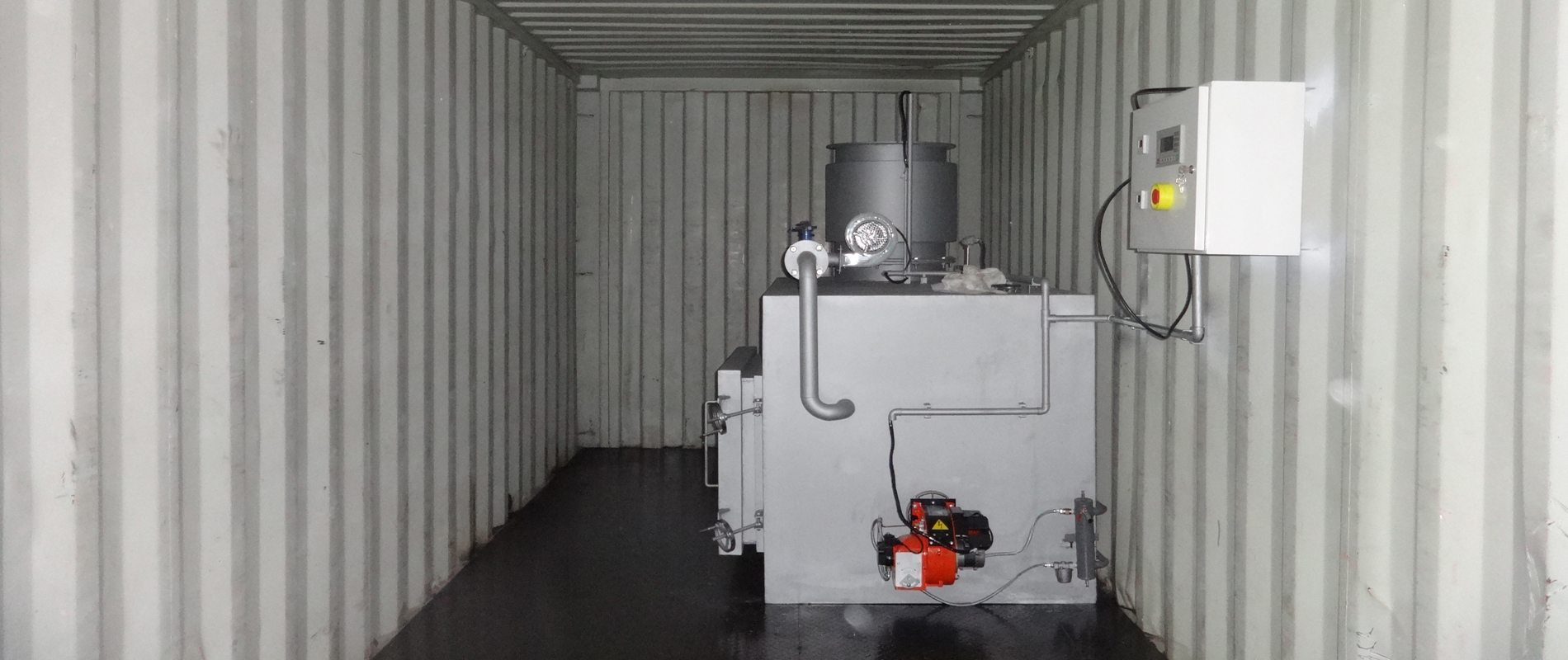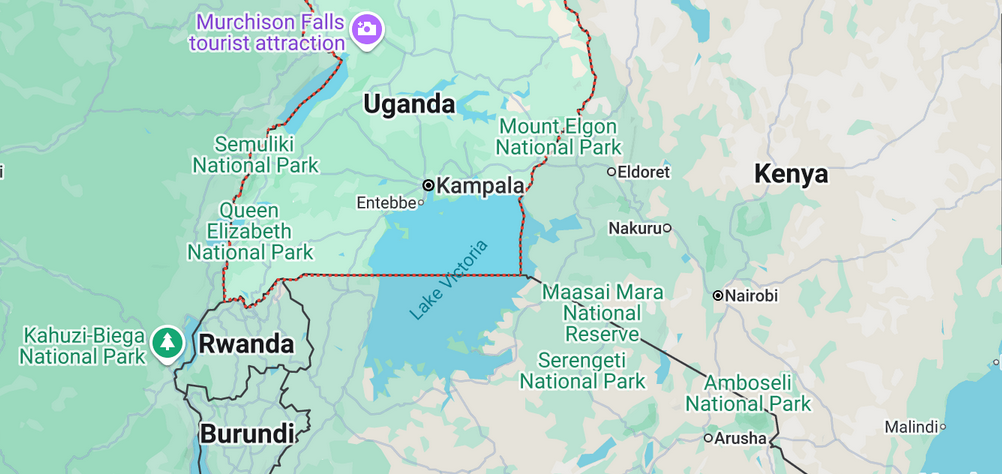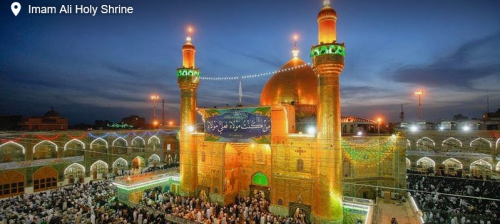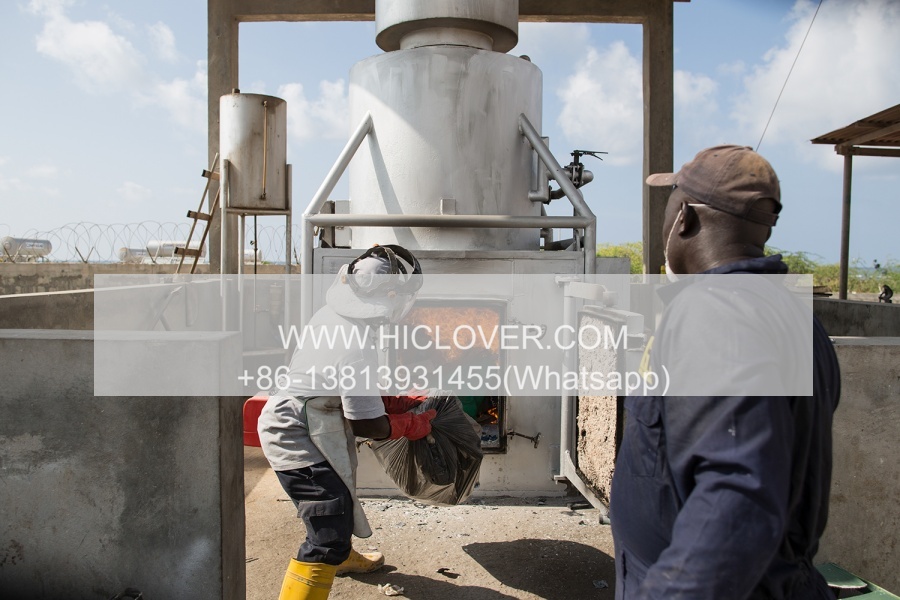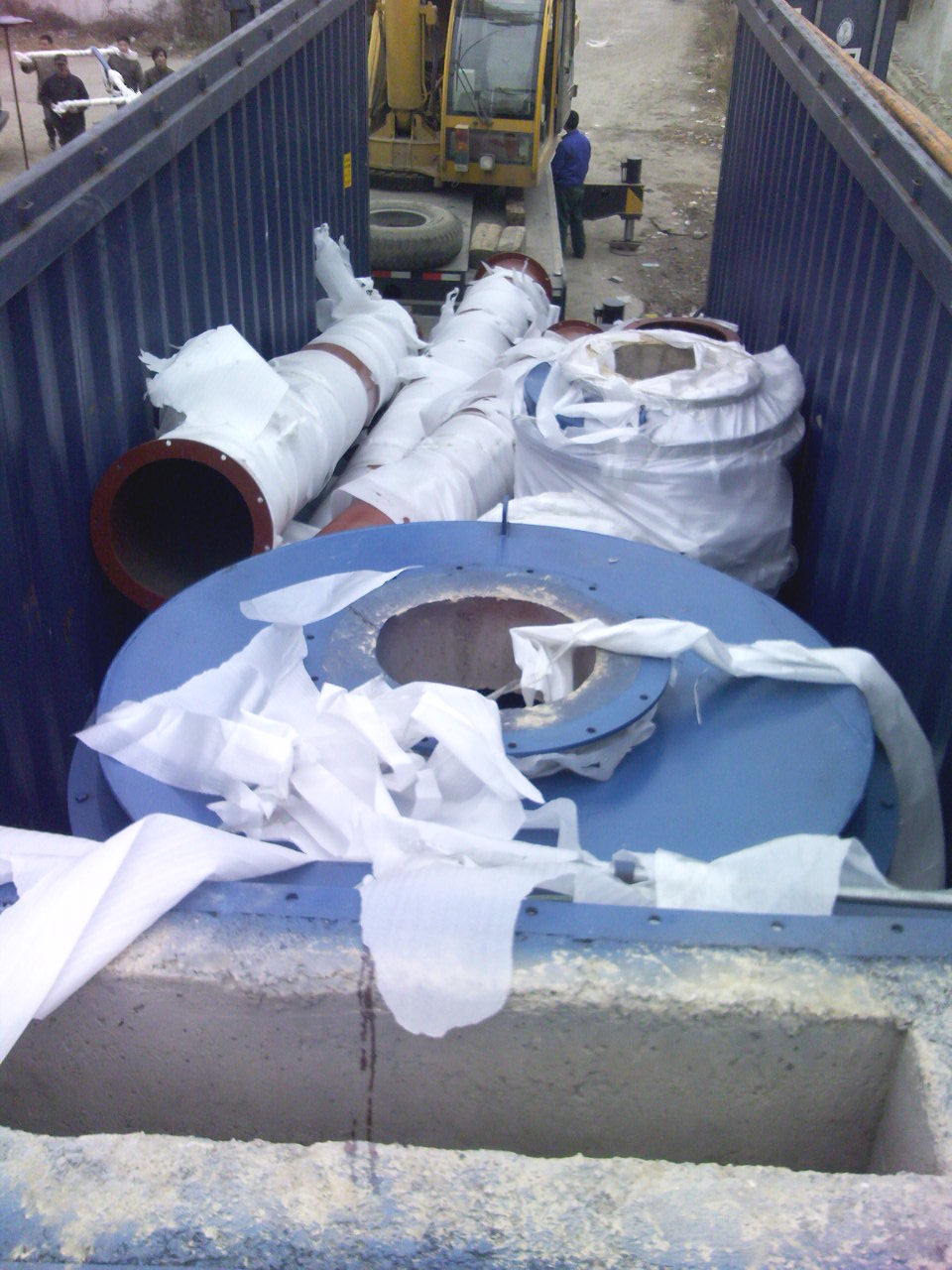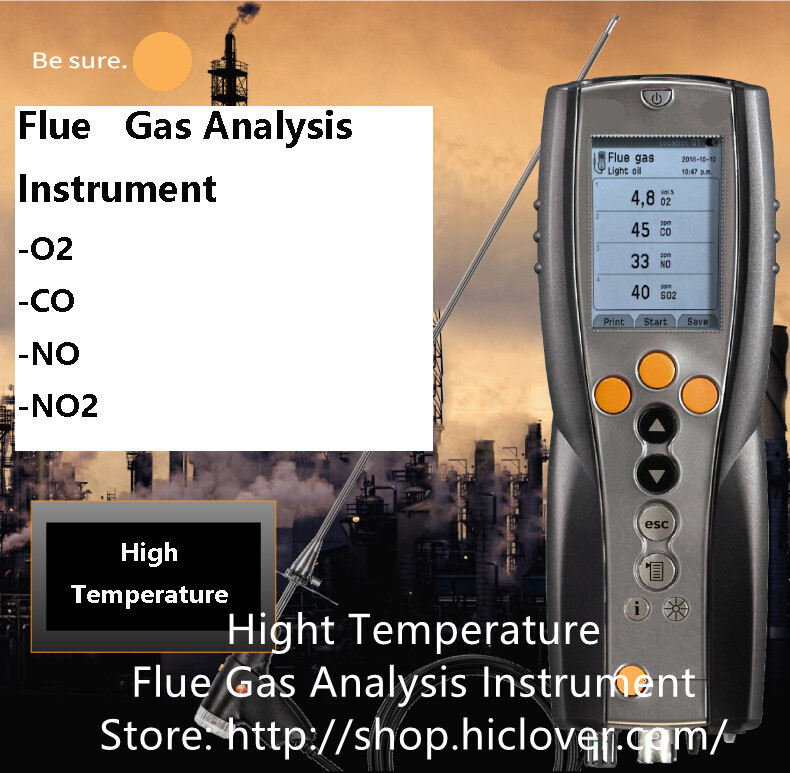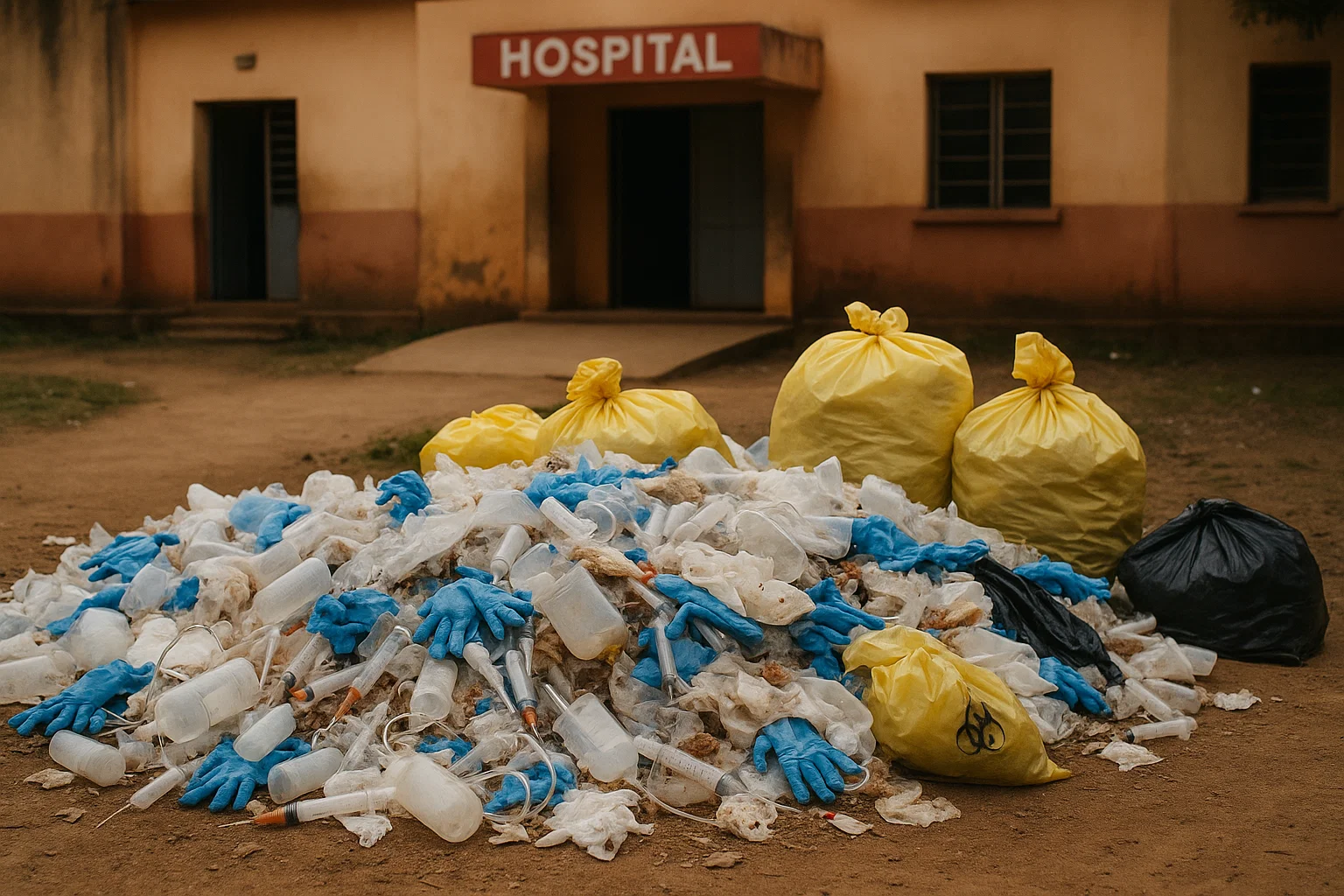
Kenya Expands Access to Mobile Medical Waste Incineration for Hospitals and Aid Projects
Kenya Expands Access to Mobile Medical Waste Incineration for Hospitals and Aid Projects Nairobi, Kenya C [Date] C The safe disposal of medical waste remains one of the most urgent challenges facing healthcare providers and humanitarian agencies in Kenya. With rising patient numbers in public hospitals and the continuing operation of refugee camps in Kakuma and Dadaab, demand for mobile and containerized incineration systems has grown rapidly. Health officials and…
Read More